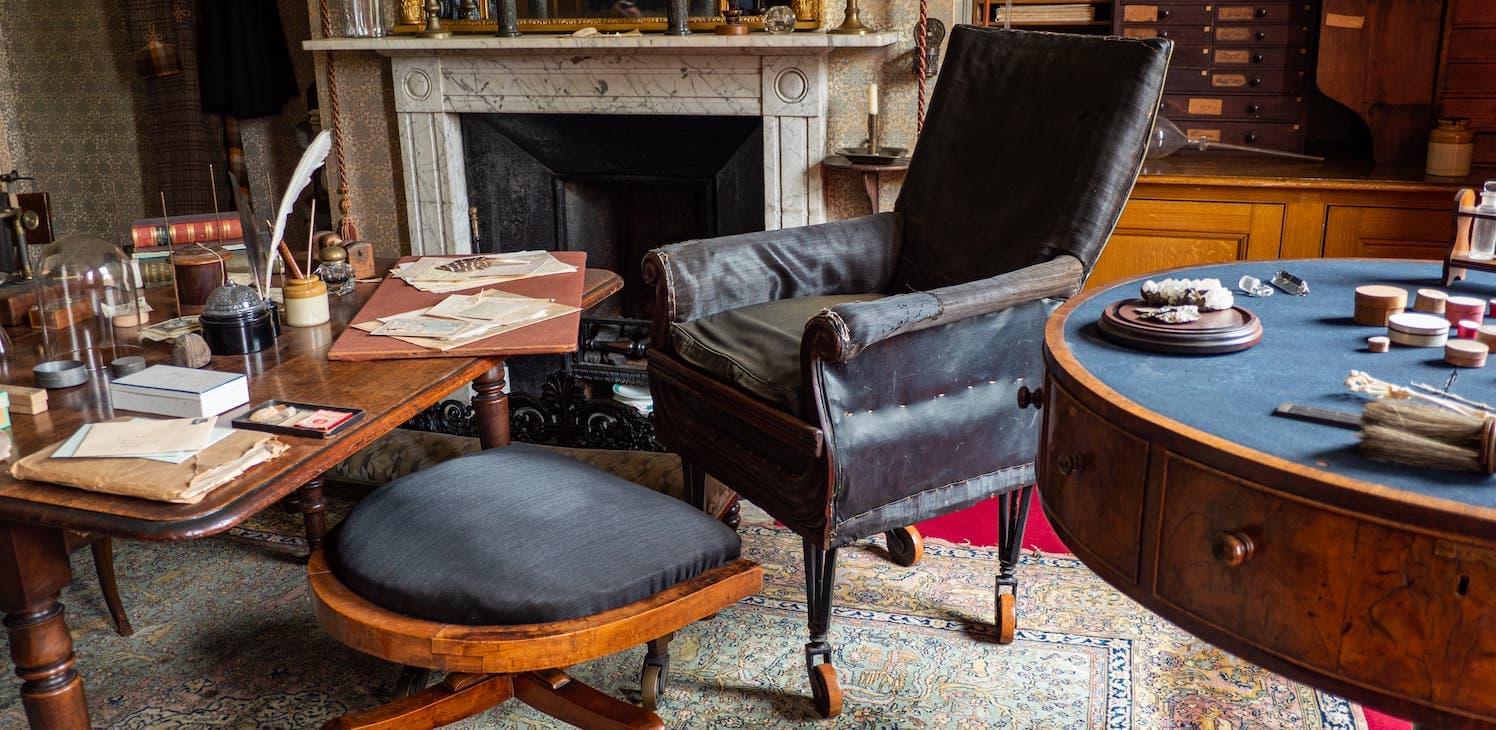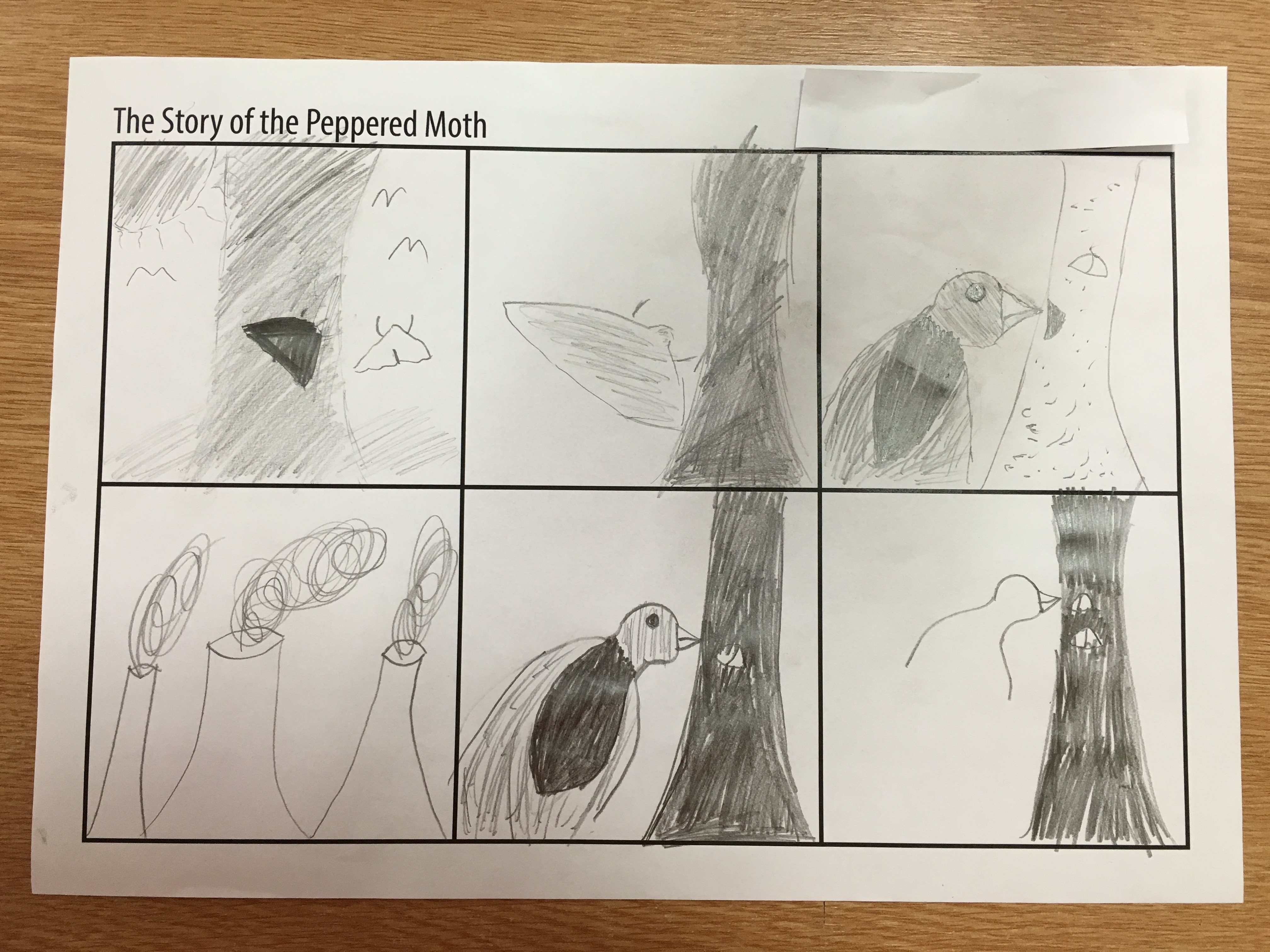Do try this at home!
Support your children's learning by downloading our free and fun activities for those aged between 7-11 and 11-14 years, using Darwin's letters.
Here are a few highlights for 7-11 year olds:
1 Become a Darwin detective
What do you know about Charles Darwin? Who was he and why is he important?
Track down clues to find out more about Darwin's life and work. Explore Darwin's study to find out more about him. Download 'Who lives here?' activity
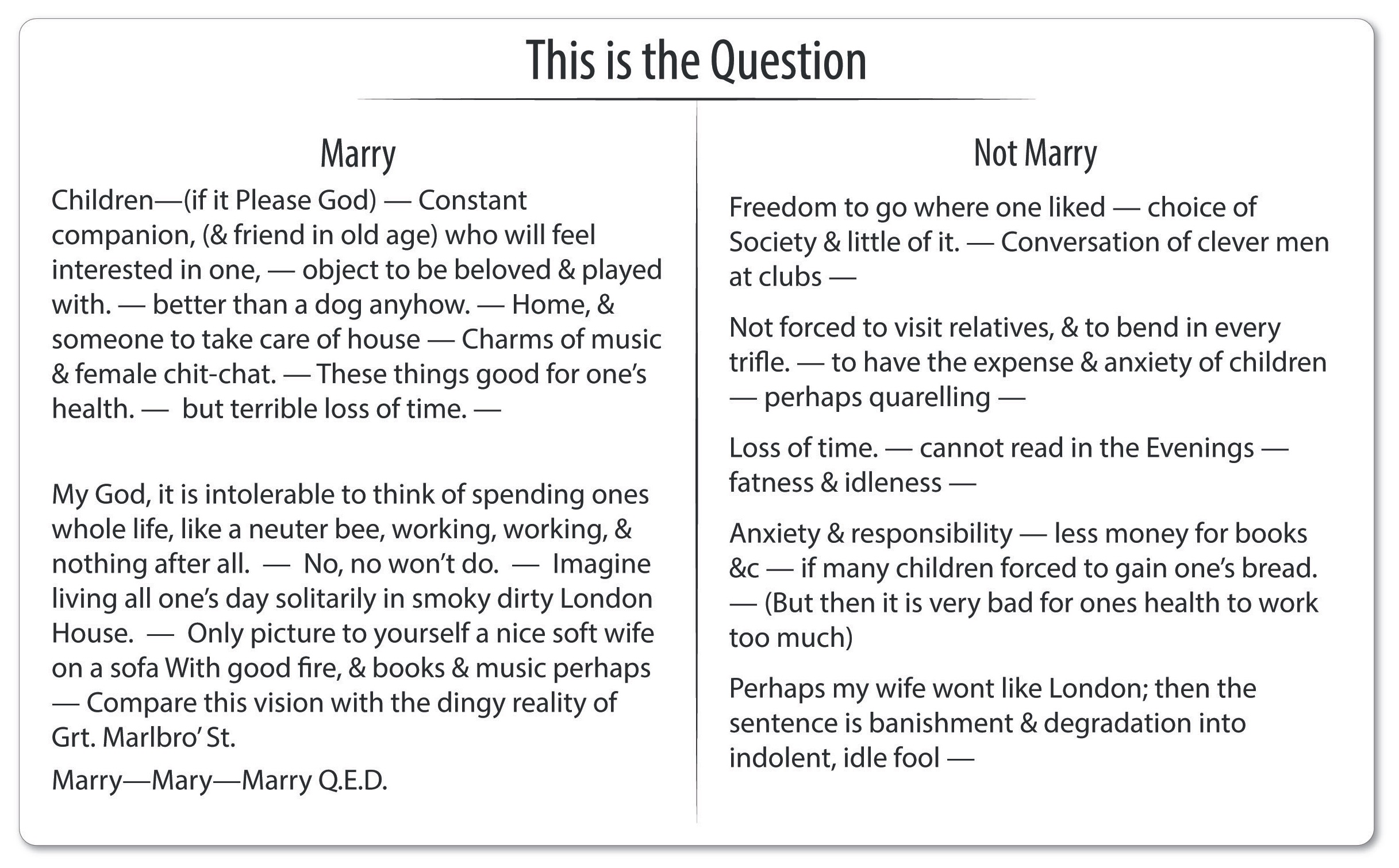
Darwin deciding whether or not to marry - what did he decide? Download 'Piecing Things Together' activity
Follow-up family discussion:
If you were going to interview Darwin about his life and work, what would you like to ask him?
More Detecting Darwin activities
2 Learn about Darwin and the Beagle Voyage
This is the journey that changed Darwin's life but how did he get to go and what did he discover?
On the voyage was Darwin excited? Bored? Homesick? Read his letters to find out. Download 'Darwin's letters home' activity
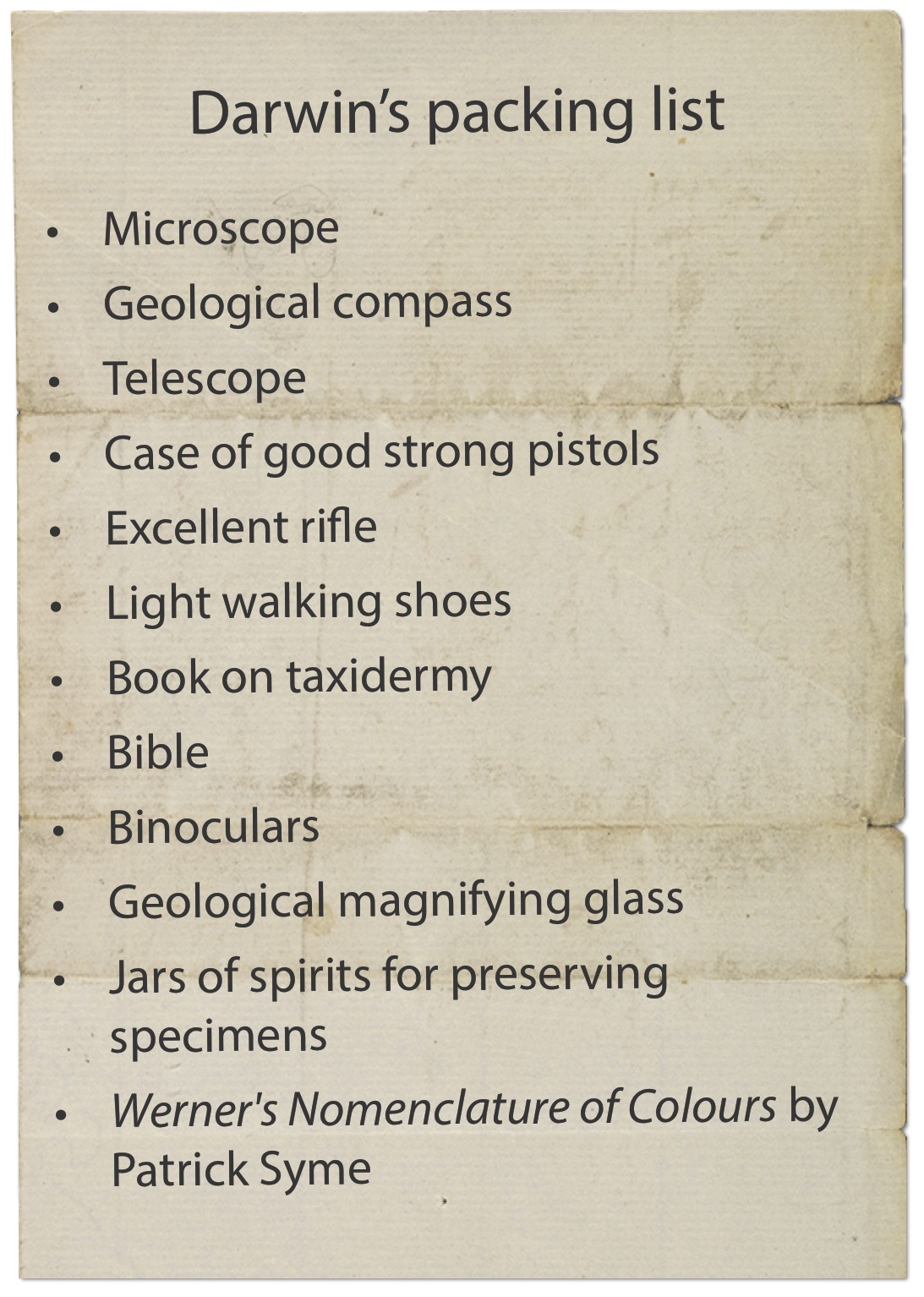
Darwin's packing list - what would you take? Download 'Packing for a voyage' activity
Follow-up family discussion:
Darwin sent back rocks, soils, plants and animal specimens from all the places that he visited on the voyage. They helped him find out more about the natural world and its variety. How can we learn more about natural world without going on a voyage?
More Darwin and the Beagle Voyage activities
3 Learn about Darwin the collector:
Before joining the Beagle voyage Darwin was described as being: 'amply qualified for collecting, observing and noting any thing worthy to be noted in Natural History' (Letter from J. S. Henslow, 24 August 1831)
Encourage your young naturalists with this back garden activity: make a 3-D herbarium specimen. Download 'Make a 3-D herbarium specimen' activity
Share your completed herbarium boxes with us here: @MyDearDarwin
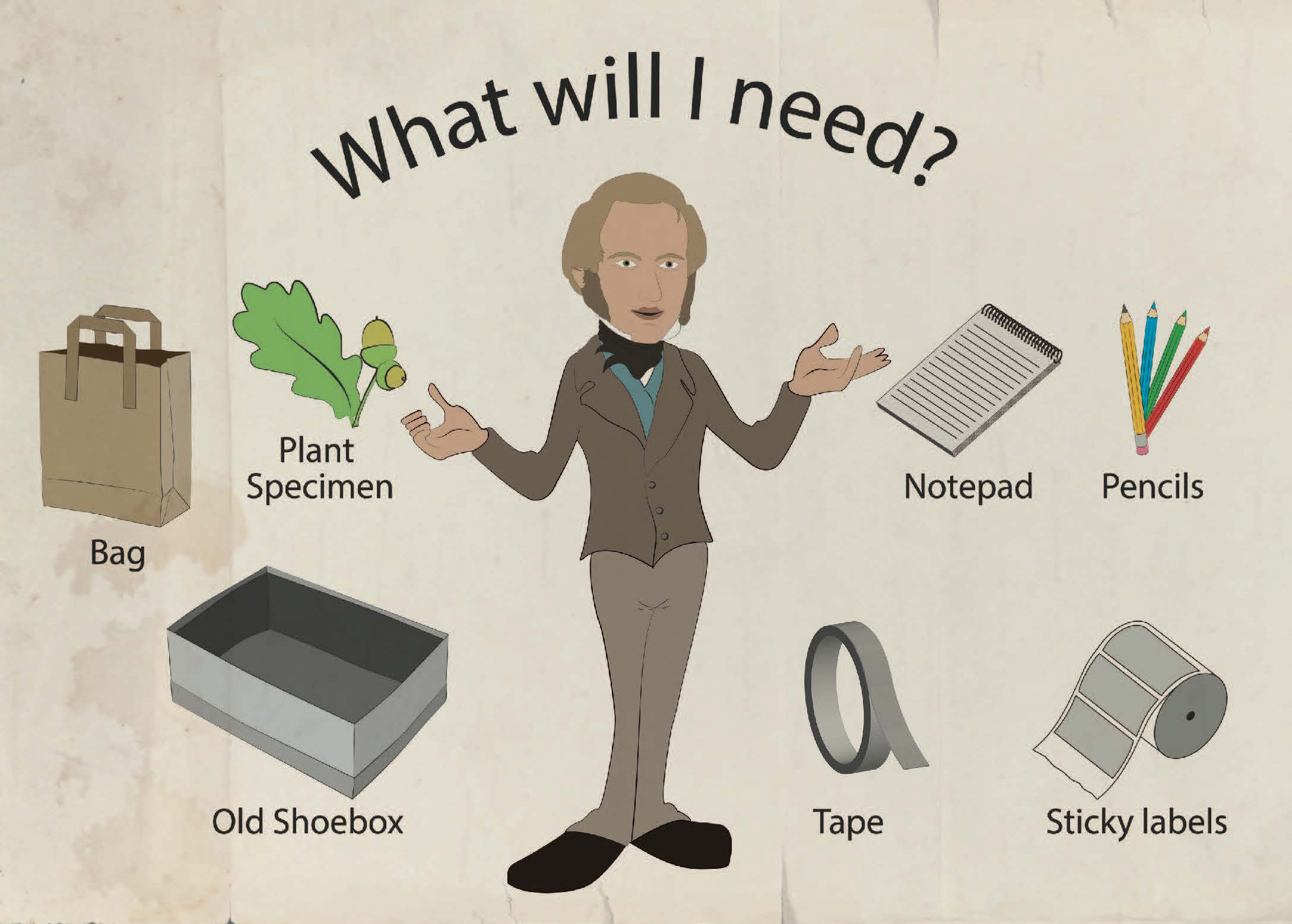
Instructions are included! Download 'Make a 3-D Herbarium' activity
Follow-up family discussion:
If you were Darwin how would you send back a rare plant across the sea and which part of the plant would you choose? What things would you have to consider on a plant hunting trip today?
More Darwin the Collector activities
4 How did Darwin develop his ideas on evolution?
When Darwin returned from his voyage he spent many years thinking about and testing his ideas. How important is adaptation and inheritance to understanding evolution?
How are things adapted to the environment in which they grow? Design a plant that could survive in the desert or in the jungle. Download 'Design a plant' activity
Share your plant designs with us here: @MyDearDarwin
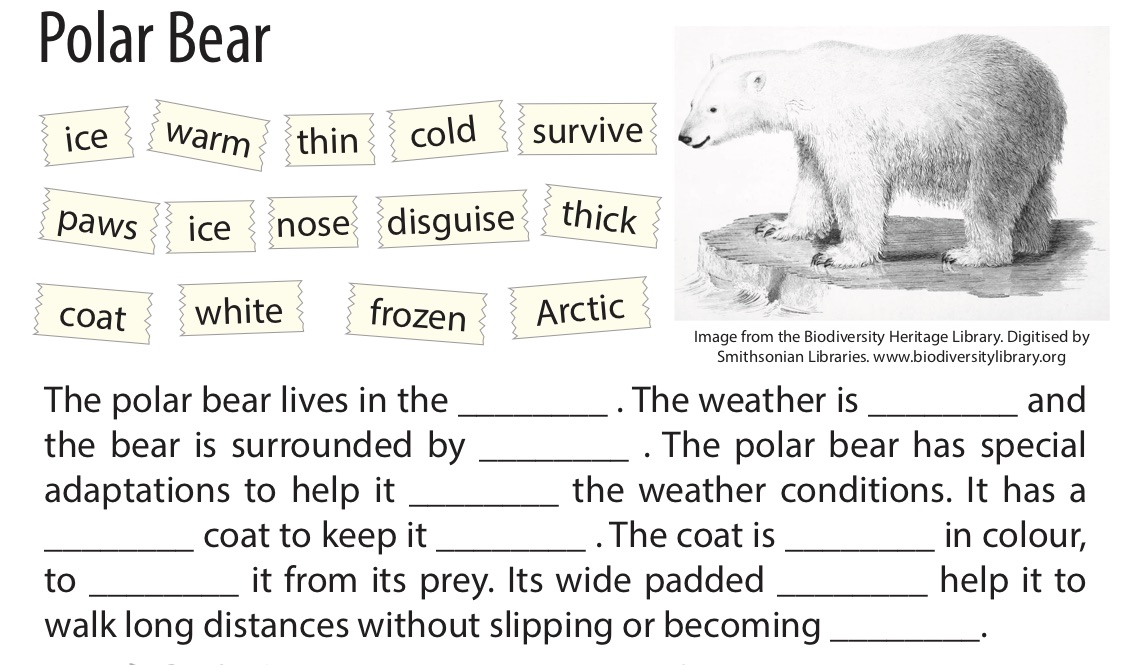
Fill in the missing words Download 'Camels and Polar bears' activity
Follow-up family discussion:
Why have some animals become extinct and why does it still happen today?

